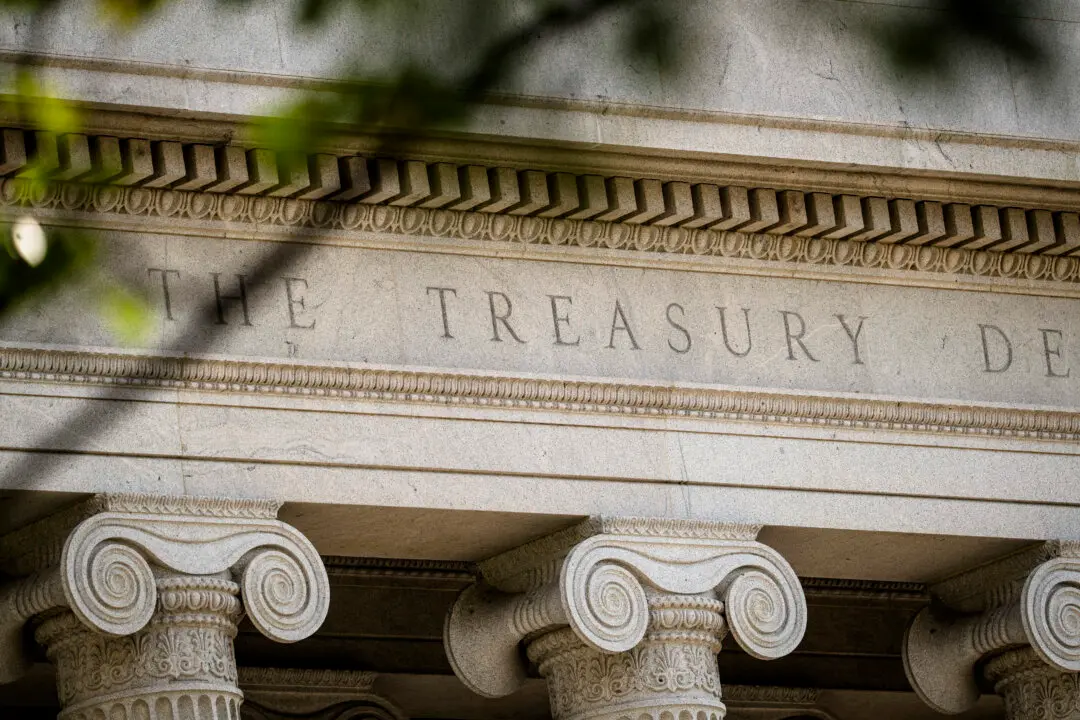Commentary
The Bank of Canada, as well as other central banks of Western nations, continues to raise interest rates. This program began in the summer of 2021 after it became apparent that the unprecedented expansion of the money supply due to the lockdowns has manifested in, at one point, almost double-digit inflation. The United States and Canada have, fortunately, seen inflation fall to levels of just over 4 percent. Headline inflation in Europe remains higher, with the UK posting an annual rate of 8.7 percent at the end of May.
Central bankers appear determined to maintain or even increase rates in order to slow inflation until it reaches the target of 2 percent or lower. The economic data is showing a mixed picture. Although the Conference Board’s Leading Economic Index (LEI) is flashing red, current economic indicators are showing little sign of economic weakness. Employment remains strong and GDP is still growing. Although the Federal Reserve has “paused” interest rate hikes for now, the Bank of Canada and other central bankers continue to raise rates. The predicted recession is not here, at least not yet. Until the economy confirms a downturn or inflation falls, rates will not be falling significantly.The low mortgage rates that Canadians have enjoyed over the last few years will not return for a while, at best, and will probably not be seen again for a long time. We must remind ourselves that those cheap rates were the lowest in the last few centuries. Just as people believed and feared during the 1980s that the interest rate highs of 1981 might return, borrowers might hold out the false hope that unprecedented low rates will return. They may, but historic norms have a way of returning.





